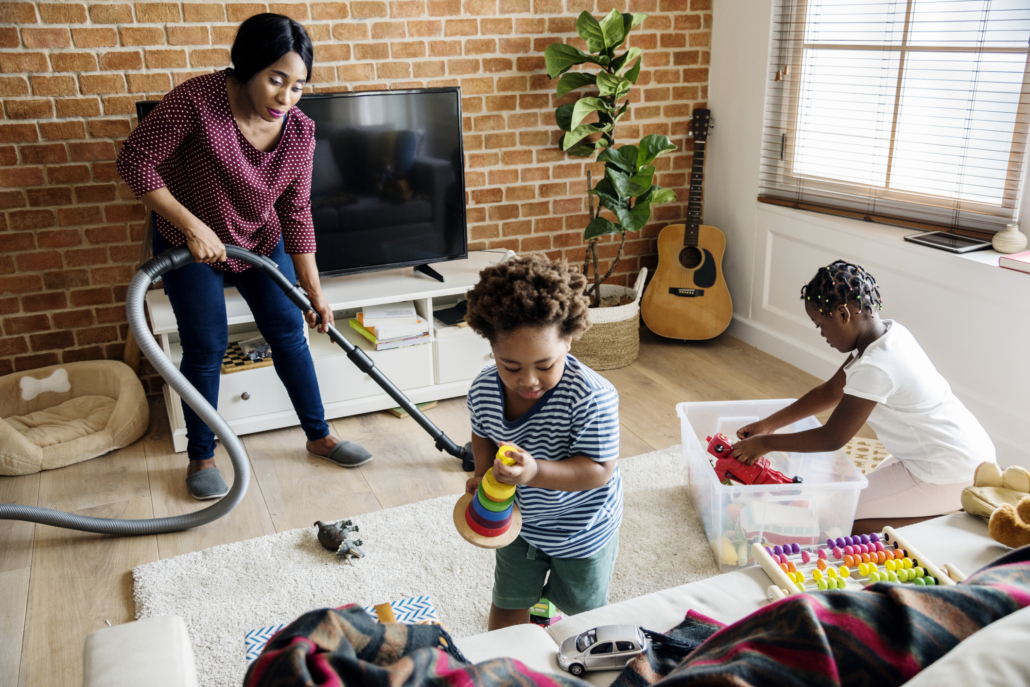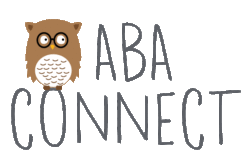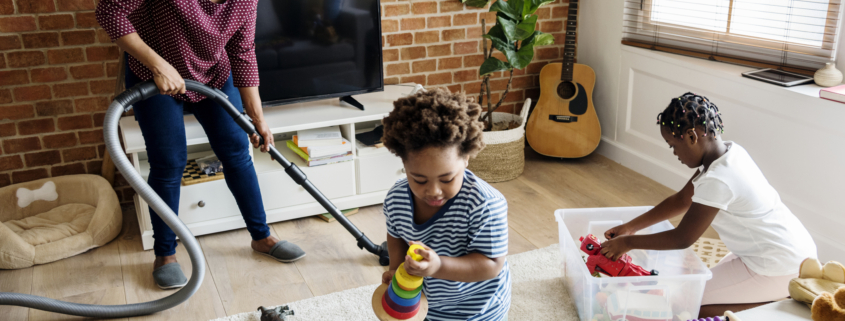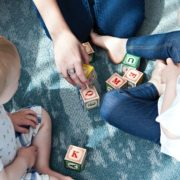How to Practice ABA Skills at Home
I can’t wait to get home and work on everything my child learned in therapy! Said no mother ever.
Therapy is not just hard work for my kid; it’s hard work for me. I know a consistent approach is essential to the transference of skills and extinguishing harmful behaviors. But it’s not always fun or easy.
Over the last six years, I’ve learned a bit about the generalization of ABA skills from a therapy session to real life. It’s never like I expect it will be or I want it to be. But the good news is it doesn’t have to be perfect! I can keep practicing.
To stay calm and focused, I think of practicing ABA skills at home in three ways, which I’ll share in this blog post. By the end, you can implement or adapt some of these things to your home life.
Together we journey down this bumpy—but never boring—life of raising a child with autism!

Foundational ABA Skills to Practice at Home
It is helpful to go back to the basics. Fundamentally ABA is about understanding how the environment influences behaviors. It’s about understanding what brings about positive changes in behavior so you can respond accordingly.
ABA Connect utilizes play and positive reinforcement, providing rewards or consequences to increase desirable behaviors. By reinforcing positive behaviors, our kids are motivated to repeat them in the future.
So when you intentionally or unintentionally practice ABA at home, try to model how your ABA Connect therapist works with your child. It’s perfectly okay to be playful, fun, and silly when working with your child to help extinguish challenging behaviors and promote desired behaviors.
Practicing ABA Skills In Response to My Child’s Behavior
If one of my child’s undesirable behaviors sneaks up on me or, more aptly, sideswipes me unexpectedly, the first thing I try NOT to do is my instinctual response. I suspend whatever I want to say or do in mid-air.
But instead of holding my breath, I let my brain and body take a deep breath and ask, How should I respond?
When responding to your child at the moment, it’s essential to do so in a way that supports their growth.
For mine, that can be ignoring when he pinches me for attention and instead telling him to “Tap me.” Or if he’s sucking on his hand incessantly, I gently remove it from his mouth and redirect him to another activity, often chewlry.
I’m constantly asking myself,
What is the function of my child’s behavior?
What is he trying to communicate to me?
Thinking from his perspective typically informs my approach at the moment.
I understand this requires you to think on your feet, which is challenging. But if your first response is to THINK about what’s next, you’re already implementing ABA in your home.
Great job. Well done!
Practicing ABA Skills In Daily Routines
Some of us naturally think proactively. Whether you do or don’t, there are probably a few routine parts of your day that you can plan. If you plan out the steps to mealtime, playtime, and bedtime, for instance, you won’t have to think about what ABA strategies to use at the moment.
How can you incorporate ABA skills into:
Mealtime – I have a Big Mac button that my child can press to tell me either “more” or “all” done. Giving him this communication prevents him from throwing his bowl or spoon when he’s finished eating.
Playtime – I ask my child to pick up toys at the end of playtime. He’s not sorting toys but can get about ten medium-sized toys into a toy bin. That’s it. That’s my expectation.
Bedtime – Bedtime is a natural time for routines. It’s potty, bath, brush teeth, and bedtime cuddles for my child. To get through these steps efficiently and with minimal redirection, I use a lot of First/Then language, “First, you need to do X. Then you’ll get your puppy (his favorite stuffed animal) once you’re in bed.”
Consistency and repetition are your friends. They help reinforce ABA skills for your child. As hard as it’s hard to have rigid routines, it can also be a gift because it allows you not to think about every which way the situation could go down. You and your child know what to expect in the mundane parts of your day.
Daily routines make teaching other family members the skills you learned from your ABA parent training session easy.
If you can teach your child’s father to say “use your words” at mealtime rather than deal with him throwing the plate or give a sibling permission to ask your child to make a choice using their AAC, you are well on your way to implementing even more ABA strategies at home.
Practicing ABA Skills When You’re Feeling Run Down
Let’s face it you’re tired. It’s exhausting raising children, and when you have a neurodivergent kiddo, it takes an extra dose of lovingkindness and patience. In addition to doing all of your ABA homework, you’re raising other kids, maybe working a full-time job, making meals, helping with homework, and scheduling vacations.
Lack of time is one of the biggest obstacles to maintaining a consistent ABA plan at home. We tend to have great intentions, but all of us fun out of time and energy at a certain point. When this happens, give yourself some grace and try again the next day.
If you’ve gotten to near burnout, sitting down with your BCBA and discussing parent goals may be helpful.
Going Forward with the Help of ABA Connect
Feeling overwhelmed by your parent or caregiver role in ABA therapy is expected. However, at ABA Connect, our therapists can help you prioritize what you are working on with your child at home. There may be a million things you need to tackle but trust the process of taking each one at a time in order of importance.
The most important thing is not to give up. Contact your child’s BCBA for support and guidance when you feel overwhelmed. They can help you triage some of your challenges.
Your only focus may need to observe your reactions to your child’s behavior.
Or, you may need to implement a solid routine to give you a bit more margin in your life.
And if you genuinely need to take a break and not do ABA for a bit, don’t worry. Take a break and then come back to it with fresh energy.
If you have any questions or comments about ABA therapy, please leave them below. The team at ABA Connect is happy to help answer your questions.
And if you found this post helpful, please like, share, and follow for more content on autism or ABA therapy.
If you are interested in a positive, play-based approach to ABA, contact ABA Connect.


 Photo by Marisa Howenstine on Unsplash
Photo by Marisa Howenstine on Unsplash






Leave a Reply
Want to join the discussion?Feel free to contribute!